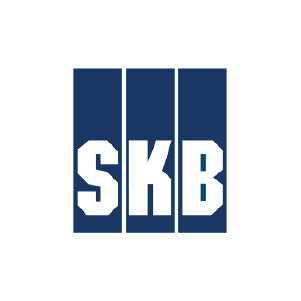
Simplifying and streamlining the CAD environment for Svensk Kärnbränslehantering (SKB)
Challenges
- Upgrades take a long time and a lot can go wrong during the process.
- Need for design tools that can handle both modern information and technology, but also older formats.
- Ensuring the CAD environment does not become too complex for designers.
- Keeping the number of design tools down without losing any of the functionality that designers need.
Solutions
- A unified way to package, configure, deploy and maintain all CAD software with CQi.
- Using CQFlexMon to get a better overview of actual licence usage.
- Thorough testing and know-how.
- Streamlining the CAD environment.
Benefits
Benefits of CQi
- Faster implementation of new versions/upgrades.
- Stable and quality packages that are easy to install.
- Efficient way to get company-specific configuration.
- Saves time and storage space.
- Reduces workload for management and IT.
- Dynamic CAD environment.
Benefits of CQFlexMon
- Quickly get an overview of licence usage.
- See who is using licences, when and how often.
- Receive comprehensive reports on licence usage over time.




